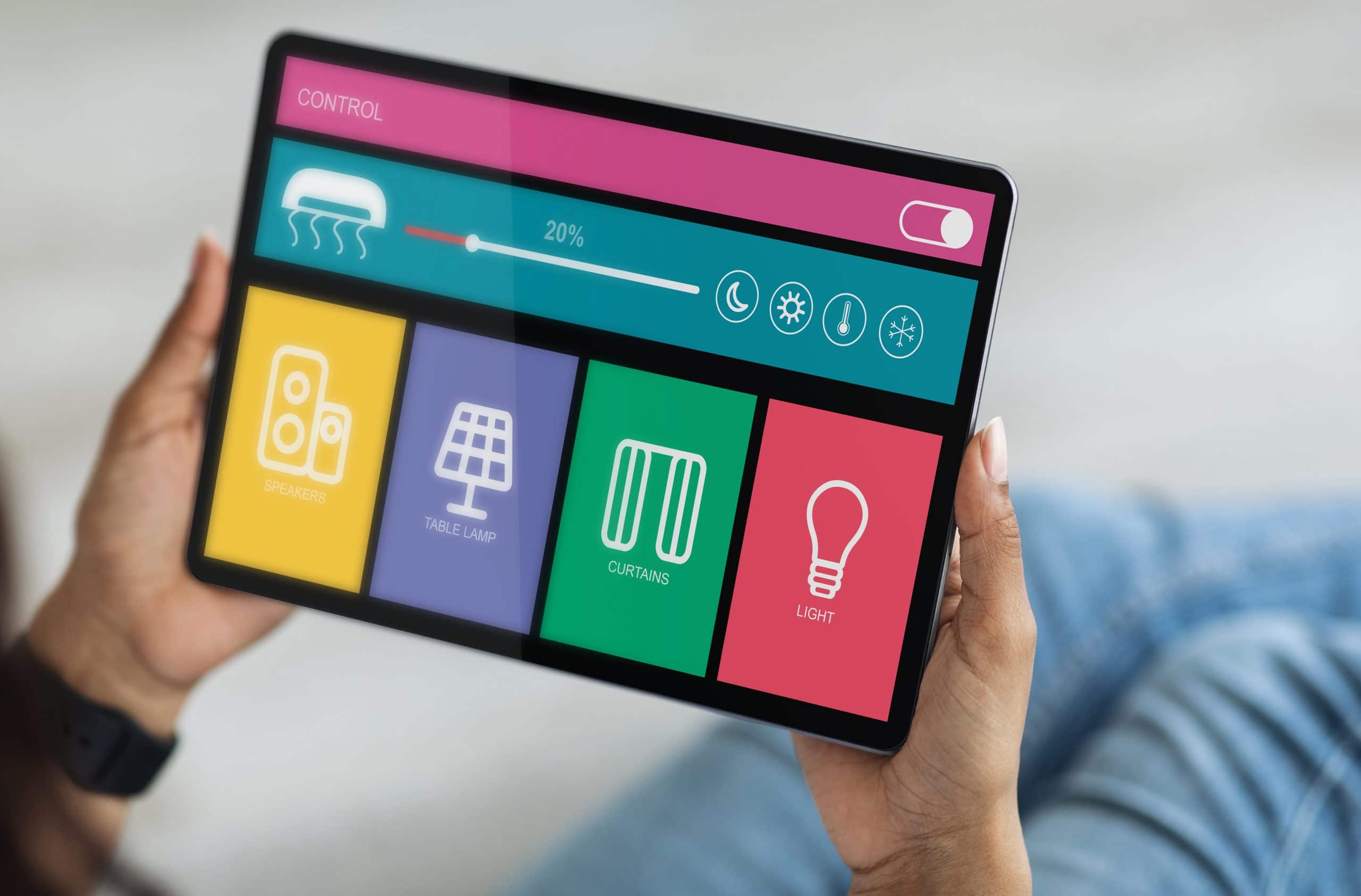If you’ve noticed IoT devices being mentioned more and more in the news, it’s because this fantastic new technology has greatly evolved in the past few years. It is estimated that there will be more than 75 billion IoT-connected devices in use by 2025, a nearly threefold increase from 2019 figures.
While the rise of IoT devices promises to make our lives more convenient, our infrastructure more efficient, and our businesses far easier to monitor, it also brings about novel security risks. All smart devices are, by design, connected to each other through the internet, and that means that the data they use and create is stored in servers, and servers can be hacked.
To gain a better understanding of the world of IoT and its cybersecurity implications, read on.
What Are IoT Devices?
If it connects to the internet, chances are it’s an IoT device. The “Internet of Things” has been around, as a concept, since the 1970s, but connected devices have become popular in the past 10 years or so. The main idea is that if a device or appliance has a sensor embedded in its physical hardware which sends data over a wireless network, well, that is an IoT device.
Your phone, smartwatch, GPS, connected thermostat, and home security cameras: these are all IoT devices, and are just a few examples of how this technology has pervaded so many aspects of our daily lives in a relatively short period of time.
In truth, IoT-powered technology has the potential to automate so many daily tasks that tend to absorb a lot of human time and energy. If you are not a fan of housework, for example, you can now have a robotic vacuum that can keep your floors sparkling without you ever needing to touch a broom again. Or, if you hate planning your trips to the supermarket, voice-enabled devices can organize your grocery list or even automatically reorder essential items based on a set schedule.
Smart Devices Can Still Be Hacked
Like every new technology that uses the internet, smart devices are vulnerable to cyberattacks. As they become a bigger piece of our digital world, we have to make sure we are developing the proper cybersecurity measures that will allow us to use them without the worry of getting hacked.
While hacking your smart lightbulbs, for example, would not result in malicious actors accessing much personal information, think if they could use that foothold to gain entry to your home wifi network. They could infiltrate your personal computers, tablets, and phones and steal all kinds of private information including your bank details, health records, credit card data, confidential emails, and much more.
During the COVID-19 pandemic, there were over 4,000 cyberattacks every day, with experts estimating the average household is hit with 104 threats each month.
Personal IoT devices are particularly vulnerable, because of their portable nature and their ability to connect to public wifi networks. As you go about your day, driving around or stopping at your favorite coffee shop, your smartphone and wearable devices can connect to public networks and expose your sensitive information.
Protect Our Digital World, Learn Cybersecurity
The more IoT devices we welcome into our lives, the more our digital world grows, causing a surge in demand for skilled cybersecurity professionals.
People working in cybersecurity help protect our networks, secure devices, and are the first line of defense against hackers. Whether you come from a tech background or not, the SDSU Global Campus Cybersecurity Bootcamp will help you build the foundational skills you need to succeed in the skyrocketing field of cybersecurity.
Here is how the bootcamp works: all classes are live, online, and led by cybersecurity experts, two sessions on weeknights and one on Saturdays. The whole program is a total of 400 hours of in-depth cybersecurity instruction and takes about 10 months to finish.
You will practice new skills through hands-on simulations and cyber labs that mimic real-world cybersecurity scenarios. Plus, the SDSU Global Campus Cybersecurity Bootcamp includes a dedicated career services department that can guide you along your cybersecurity journey.

There Is No IoT without the Internet
As the name “Internet of Things” implies, all IoT devices are dependent on an internet connection.
In case of a power outage, server issues, or other connectivity problems, IoT devices might be able to store data locally, but will not be able to properly function until the connection resumes. Clearly, if that means your vacuum skips a scheduled cleaning, the consequences will simply be a dusty floor.
However, loss of connectivity could also mean that life-saving health-tracking monitors could fail to report crucial information on time. It could also mean that your home security system is rendered useless until the internet connection is restored.
IoT Technology for Businesses
Sensors embedded in hardware can serve a variety of purposes depending on what industry your business is in. If you are growing crops, you might rely on drones to survey large areas of land. If you have a fleet of trucks, IoT devices can help you not only locate each shipment but also forecast how quickly it will get to its destination. If you operate a manufacturing facility, connected sensors can tell you how efficient your assembly line is, or whether a particular machine might need maintenance.
Every sector can benefit from using interconnected devices, and the data they create can be used to uncover any parts of the business that could run more efficiently. And while more and more companies have started to use IoT devices in the past few years, the COVID-19 pandemic has accelerated that rate of adoption even more, with analysts forecasting a compound annual growth rate (CAGR) for IoT spending of 26.7% between 2022 and 2025.
IoT Devices & Cybersecurity
Every new device that is connected to the internet needs to have standard cybersecurity defenses in place, but most IoT devices have less storage and processing power than laptops and smartphones, making it difficult to use anti-virus, firewalls, and other widespread security applications that could help protect them.
Businesses and organizations often fail to enforce the same cybersecurity measures they employ across their computer networks and servers throughout the IoT devices on their networks. While roughly 84% of organizations have IoT devices on their corporate networks, more than 50% of them don’t maintain necessary security measures beyond default passwords.
What’s more, sometimes new IoT devices are created so quickly that their software often lacks basic cybersecurity requirements. No reason to despair, though, because there are many things you can do, on a personal level, to protect your privacy and your personal data.
Here is our best advice on how to protect your personal smart devices:




